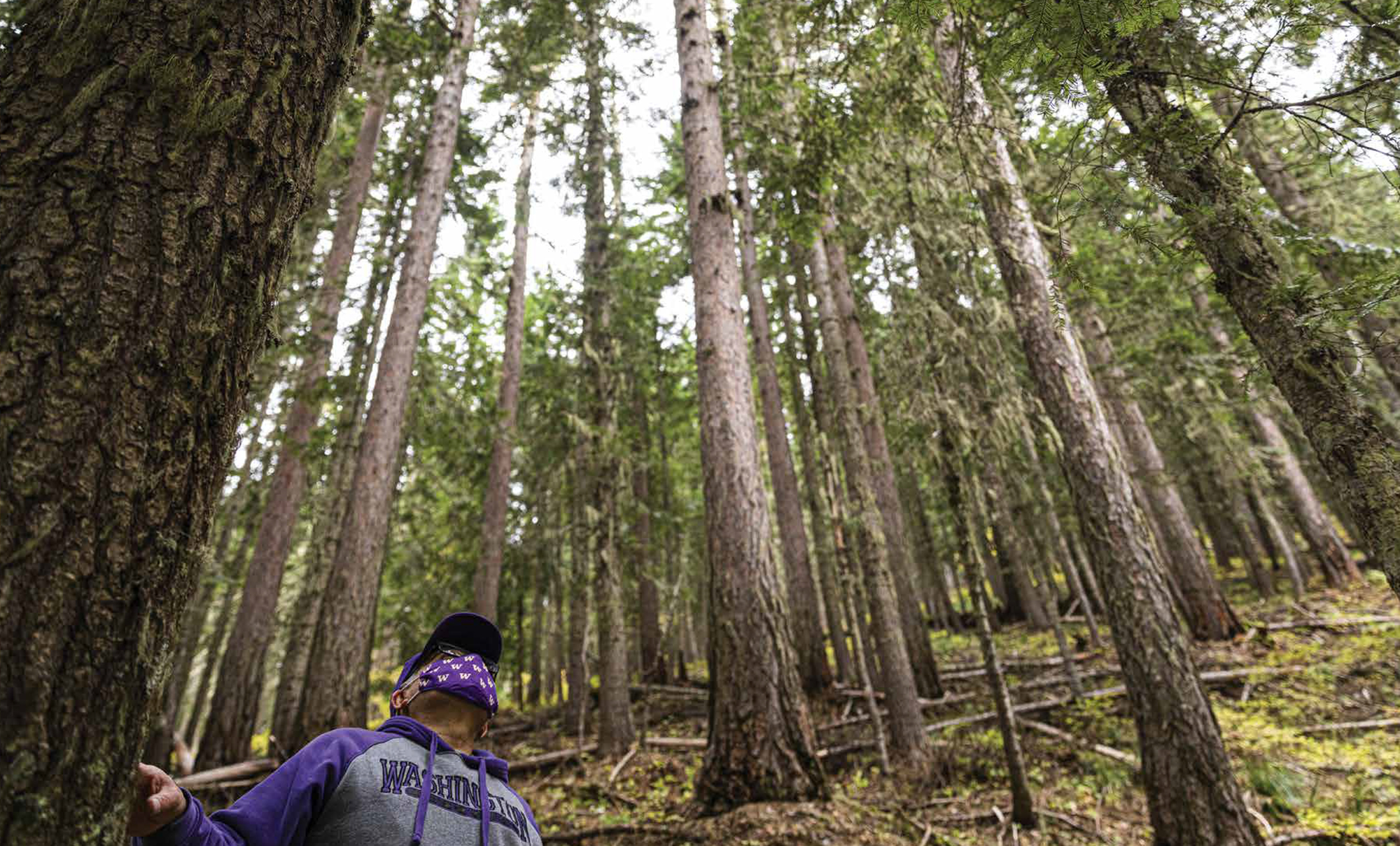

Ernesto Alvarado will be the first to tell you: You can’t suppress all of a region’s fires when they’re as much a part of the ecology as its flora and fauna. “When you move to a place, you have to accept that place as your home and accept whatever is there. And what is here, in our region, is fire and smoke.”
A fire ecologist whose work takes him everywhere from Brewster, Washington, to Bolivia and Brazil, Alvarado draws from both Western science and Native knowledge when he thinks about forest health. “Indigenous people have been living here for millennia,” says Alvarado, a research associate professor in the UW School of Environmental and Forest Sciences. “We can learn a lot from them.”
That includes knowledge like how to use prescribed burns to get the best grass for grazing, how to cultivate the best habitat for huckleberries, and when to start prescribed fires in the first place—spreading out the days with some smoke in the air, hoping to avoid catastrophic smoke events. It also includes a deeper historical understanding—and, often, acceptance—of wildfires.
“Indigenous people have stories in their communities about large fires, centuries ago. We [Westerners] are new here.” Alvarado is willing to accept the reality of living in a land of fire. Are we all?